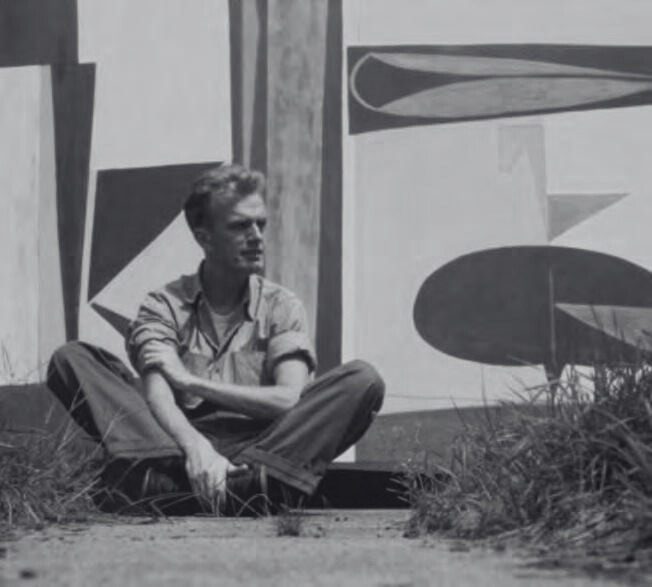© 2024 Waterline Art. All Rights Reserved.Terms & ConditionsPrivacy Policy
© 2023 Waterline Art. All Rights Reserved.Terms & ConditionsPrivacy Policy

Edward Zutrau (1922-1993)
Born in Brooklyn in 1922, Edward Zutrau (1922–1993) was a distinguished American painter whose four-decade career significantly contributed to the Abstract Expressionist movement, blending Western dynamism with Eastern contemplative aesthetics. He was introduced to art through his grandfather, a designer, which sparked his early creative development. He pursued formal training at the Brooklyn Academy of Fine Art, the Brooklyn Museum, and the Art Students League, where he studied under influential figures such as Michele Falanga and Will Barnet.
In the 1940s, Zutrau immersed himself in the bohemian art scene of downtown New York, engaging with the so-called New York School of artists, including contemporaries like Barnett Newman and Clyfford Still. His early paintings, rooted in dynamic realism, evolved by the mid-1950s into abstraction, characterized by simplified geometric forms and vigorous gestural marks that conveyed emotional intensity.
A transformative phase began in 1958 when Zutrau relocated to Japan with his wife, Kikuko, and their family. Over the next five years, he held five solo exhibitions at prestigious venues such as Chou Koran and Tokyo Gallery. Influenced by Japanese artistic traditions and Zen Buddhism, Zutrau’s work during this period developed a distinctive clarity and spatial harmony, earning critical acclaim for its fusion of Western abstraction and Eastern aesthetics.
Returning to New York in 1967, Zutrau continued to paint and teach at institutions including the Fashion Institute of Technology and New York University. His close friendship with art dealer Betty Parsons, a pivotal figure in the Abstract Expressionist movement, led to three solo exhibitions at her gallery between 1972 and 1980. These shows highlighted his mature Color Field paintings, which emphasized surface texture, elemental themes, and a meditative stillness, drawing comparisons to Mark Rothko and Newman. Zutrau’s later paintings continued to explore color and texture, reflecting his lifelong inquiry into painting’s capacity to evoke spiritual resonance.
Edward Zutrau died in 1993 at the age of 71. His legacy endures through his innovative synthesis of American and Japanese artistic traditions, as well as his influence as a dedicated educator. His work has been shown and can be found in prominent private and institutional collections worldwide, including the Museum of Modern Art (MoMA), the Whitney Museum of American Art, and the Addison Gallery of American Art at Phillips Academy.
Sources: Biographical information and photograph courtesy of Lincoln Glenn Gallery, New York